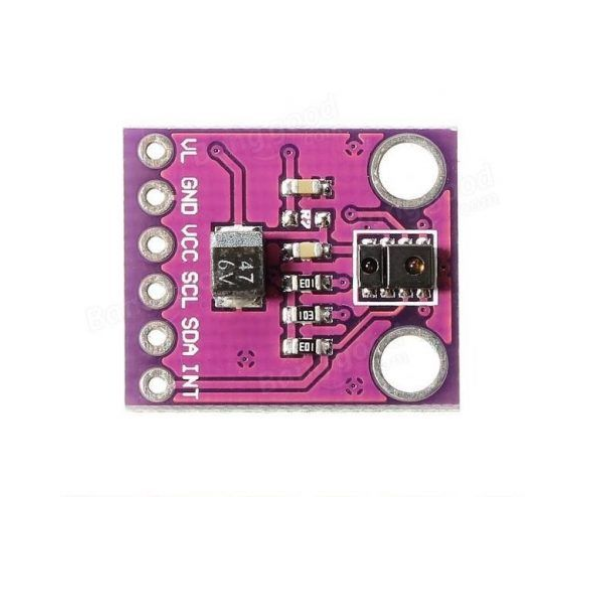
DSM Online Support
Support Master
Welcome to DSM Online
How can I help you today
How can we assist you? please let us know the support you need from DSM Online








Category: Others Sensors
SKU: 1919
DATA SHEET AND USECASE
Key Features:
Ambient Light Sensing (ALS): Utilizes dual photodiodes to approximate human eye response, offering high sensitivity with performance down to 0.01 lux. This allows operation behind darkened glass.
Proximity Detection: Fully calibrated to detect objects up to 100 mm without the need for factory calibration. Operates effectively under various lighting conditions, from bright sunlight to dark rooms.
Programmable Features: Includes a programmable interrupt function with upper and lower thresholds, adjustable gain settings, and a wait timer programmable from 2.7 ms to over 8 seconds.